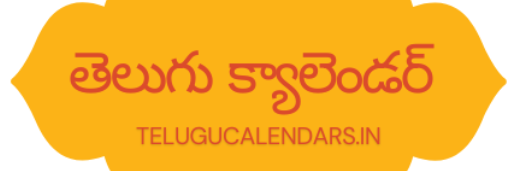Design and Aesthetic Elements
Creating a custom theme for a Telugu calendar blog requires careful consideration of visual elements that reflect both cultural and religious significance. The aesthetic choices can vastly influence user engagement and satisfaction. As such, selecting a color palette that resonates with traditional Telugu culture is paramount. Colors such as saffron, yellow, and green are not only visually appealing but also carry deep-rooted significance in various festivals and rituals. These colors can serve as a backdrop, evoking a sense of warmth and hospitality that aligns with the cultural essence of the Telugu community.
In addition to color selection, the choice of fonts plays a crucial role in enhancing the blog’s accessibility and appeal. For a comprehensive approach, it is advisable to incorporate Telugu script fonts alongside English fonts. This dual-language approach ensures that the blog caters to a broader audience, including those who are fluent in Telugu and those who prefer English. By using clear and legible typography, you can enhance readability and ensure that all visitors have a pleasant reading experience.
Furthermore, the incorporation of traditional Telugu symbols as icons adds a layer of cultural authenticity to the design. These symbols can be used to represent various features on the blog, such as navigation elements or thematic categories, which not only beautify the site but also provide immediate recognition to users familiar with Telugu heritage. Finally, when outlining the overall layout, it is crucial to prioritize user-friendliness. Ensure that the design is responsive, optimizing the interface for both desktop and mobile users. A well-thought-out layout will facilitate easy navigation and engagement, making the Telugu calendar blog both visually attractive and functional.
Functional Features and User Experience
When creating a custom theme for a Telugu calendar blog, it is crucial to prioritize functional features that enhance user experience. A responsive design is one of the foundational aspects that must be incorporated. This ensures that the theme works seamlessly across various devices, including desktops, tablets, and smartphones, providing users with consistent accessibility and usability irrespective of the platform they utilize.
Another vital feature is the inclusion of a current month’s calendar directly on the homepage. This not only provides immediate access to the relevant dates but also facilitates easy navigation to previous and future months. Utilizing intuitive navigation aids ensures that users can effortlessly explore different calendar sections and access historical or upcoming events without any confusion.
The sidebar functionalities play a significant role in providing added value to users. By displaying daily panchangam, festival dates, and auspicious timings, users can gain essential information at a glance. To further engage the audience, the inclusion of custom widgets becomes critical. These widgets can effectively showcase various elements such as panchangam details, muhurthams, and significant festivals, presenting users with curated and relevant content tailored to their needs.
Moreover, empowering users to customize their experience is another key aspect. Allowing individuals to change colors, fonts, and layouts without requiring coding skills will promote a more personalized interaction with the blog. This level of customization fosters a sense of ownership and encourages users to return frequently to their tailored versions of the site.
Additionally, integrating language support for both Telugu and English is essential to address the diverse audience that may visit the blog. By facilitating a bilingual experience, the theme becomes more inclusive. Finally, embedding social sharing buttons for popular platforms like Facebook, WhatsApp, and Twitter will bolster user engagement, allowing visitors to share content easily with their networks, thereby expanding the reach of the blog.

Leave a Reply